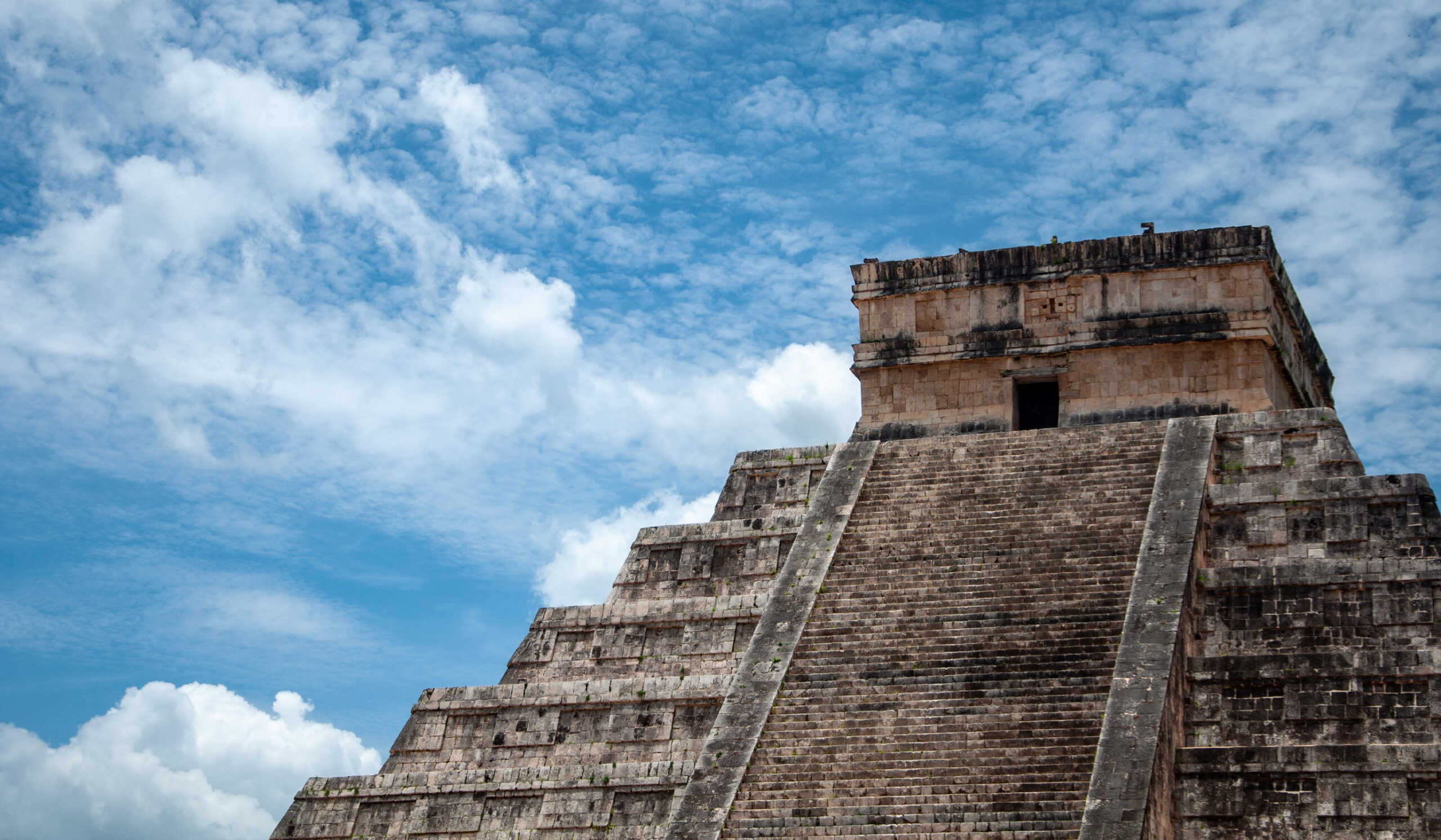High School Program
Mexico City, a bustling metropolis of 20 million, offers a rich tapestry of history, from ancient Aztec roots to Spanish influences, and boasts UNESCO-recognized culinary delights and vibrant cultural landmarks. Dive into a city where past meets present in every corner.
Mexican history and culture are an enchanting tapestry woven from the ancient civilizations that once thrived on this land and the diverse influences of Spanish colonial rule and subsequent development. The roots of Mexican civilization stretch back to the Olmec, Maya, and Aztec civilizations, while its Spanish influence began in the 16th century with the arrival of Spanish conquistadors. Together, these influences have shaped a unique fusion of cultures that have shaped modern Mexico. Our Mexico City program combines old and new world experiences to immerse you in the rich history and cultural diversity.
Welcome to one of the largest and most populous cities in the world. Over 20 million people call Mexico City home and while the majority speak Spanish, there are 68 indigenous languages spoken which also makes it one of the most linguistically diverse cities in the world. It’s a city that never ceases to amaze. There are over 170 museums, the largest university in the world, an urban park twice the size of New York’s Central Park, and cuisine that’s been added to UNESCO’s list of Immaterial World Cultural Heritage. All this built by Spaniards on top of an Aztec city which was built on a lake! No wonder it sinks around 12 cm per year, more than the Italian city of Venice which sinks around 2 mm annually. From pyramids to palaces and caves to mariachis, this experience is one you won’t soon forget.
At Insight, our program itineraries are as unique as your students. All our program itineraries are customized with teacher chaperones to ensure that it meets the needs of your students.
With the support of a variety of local vendors and NGO’s, we promise that your students will get an authentic, local experience.
All our trips include:





Want to take your students outside the classroom? Review our program locations and suggested themes.
Connect with one of our High School Educators who will help custom design your program.
With our assistance, submit required paperwork and details to your Administration and School Board.
Announce the trip to your students! (We’ll provide all the materials you need).
Invite us to your school to host a Student & Parent Info Night! We will be there to answer questions and support student sign-up!
The National Palace is a World Heritage Site once occupied by Hernán Cortés, the Spanish explorer who conquered the Aztecs, and includes a famous panoramic mural of Mexican history by Diego Rivera.
One of the largest and oldest cathedrals in Latin America lies at the heart of Mexico City. It was built over 3 centuries and represents an amalgamation of three distinct styles of architecture that dominated during its construction: baroque, neo-classical and neo-renaissance. Like most of Mexico City, it is also currently sinking.
Many treasures, along with the tantalizing story of a people, a culture and religion that appear to have vanished in an instant in the early 16th Century, remain buried beneath the buildings, monuments and churches of modern day Mexico City. Visit the ruins of the Aztec capital, Tenochtitlan, being excavated and preserved at Templo Mayor.
End the day at a churrería (churro factory)and learn to make the delightful desserts.
Known for its cobblestone streets and colonial architecture, Mexico City’s Coyoacán neighborhood is home to the bright-blue Frida Kahlo Museum, showcasing her life and work.
The Palacio Postal (Postal Palace) has been in continuous operation since its opening day in 1907. Though building a palace in place of a simple post office may seem remiss in our modern era, at the time, the building served as the flagship of Mexico’s brand new national postal system. Never before had the country been united in a single agency with a way for its citizens to communicate.
Mexico’s Palacio de Bellas Artes (Palace of Fine Arts) is a concert hall and arts center commissioned by President Porfirio Díaz. Immense murals by world-famous Mexican artists dominate the top floors of this splendid white-marble palace. Attend a show (schedule dependent).
During the Spanish Empire, Mexico was filled with beautiful haciendas that overlooked the production of coffee, tequila, sugar, wine, etc. Hacienda Santa María Regla was the first and most important mining hacienda in the region. Its beauty rests in the underground tunnels and labyrinths used in the 18th century.
From the moment you arrive at Taller del Alfarero, you’ll sense how much Don Fausto and Felipe (father and son) share their love for the craft of pottery. Join them for a basic pottery workshop.
Admire basaltic prisms, the town’s claim to fame. These geometric structures were formed 2.58 million years ago, when a volcano erupted and its lava cooled down as it encountered the shallow river that used to flow there.
The Castillo de Chapultepec (Chapultepec Castle), rises on the top of the Chapultepec Hill, where Chapultepec means the grasshopper’s hill in Náhuatl. It is the only castle to house royalty in North America–Mexican Emperor Maximilian I and Empress Carlota lived there during the 1800s–and has played a role in takeover plots, accusations of foul play, and executions over the centuries. Currently the castle is the seat of the National Museum of Cultures. Tour the castle and the collections it houses.
At Mexico City’s world-class National Museum of Anthropology, the 12 ground-floor halls are dedicated to pre-Hispanic Mexico, while upper-level halls show how Mexico’s indigenous descendants live today, with the contemporary cultures located directly above their ancestral civilizations. The most famous exhibit is the 24-ton Piedra del Sol (“Sun Stone”) similar to an Aztec calendar.
End the day with a mariachi show over dinner.
Located in a beautiful green valley, the charm of Malinalco lies in its harmonious combination of pre-Hispanic and Colonial treasures. Cobblestone streets, colorful houses, small religious temples, and great local eateries make this the perfect stopover for brunch before a trek through the caves of Cacahuamilpa.
Take a guided tour of one of the largest cave systems in the world at Cacahuamilpa National Park. Learn about the caves’ legends, and admire the many dramatically lit stalactite, stalagmite, and column figures found within.
Taxco is a beautiful city built on a hill in Guerrero. It is rich with old and new silver mines in the surrounding areas with narrow winding streets and hundreds of silver artists and jewelers. Stroll the silver workshops in the morning before returning to Mexico City.
Time to party! The last night is saved for a delicious dinner (cooked by you) and salsa dancing, lessons included. (Mexican cuisine roots date back from colonial times where Spanish cuisine met native preparations thus creating a unique blend. Indigenous ingredients include corn, avocado, beans, cocoa and many more.)
Begin your journey home.



